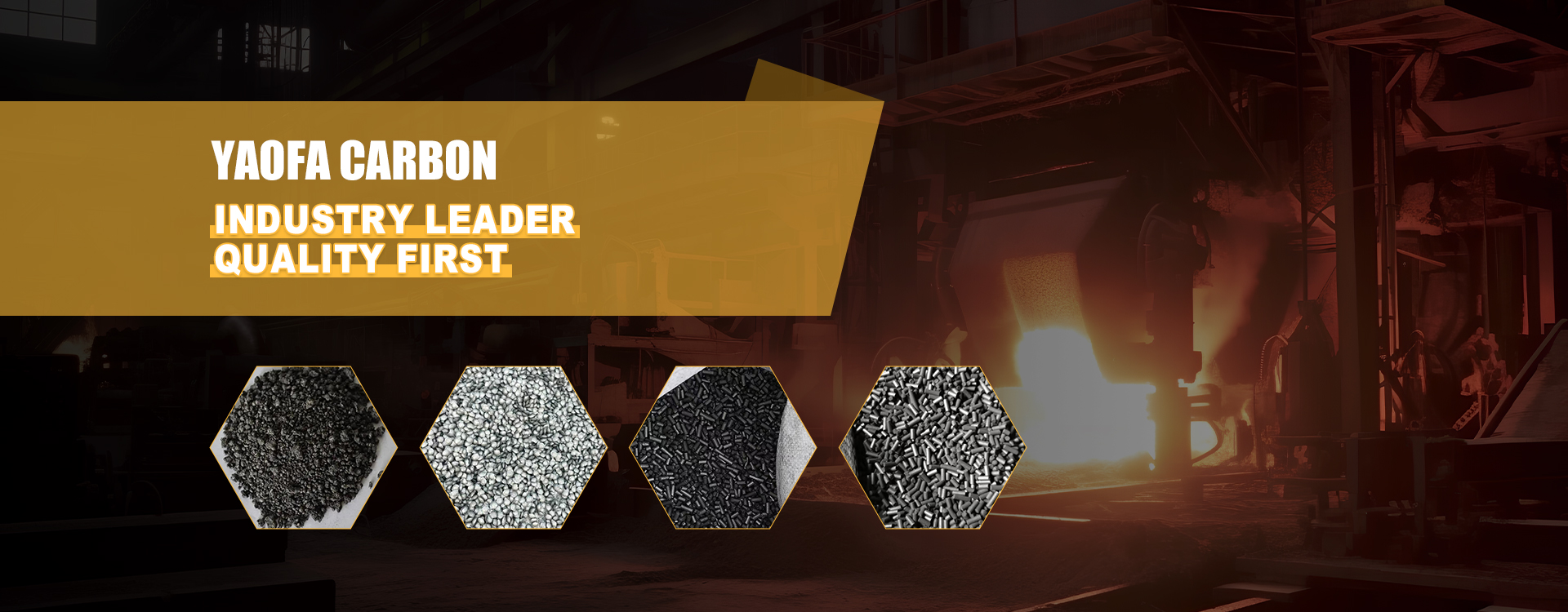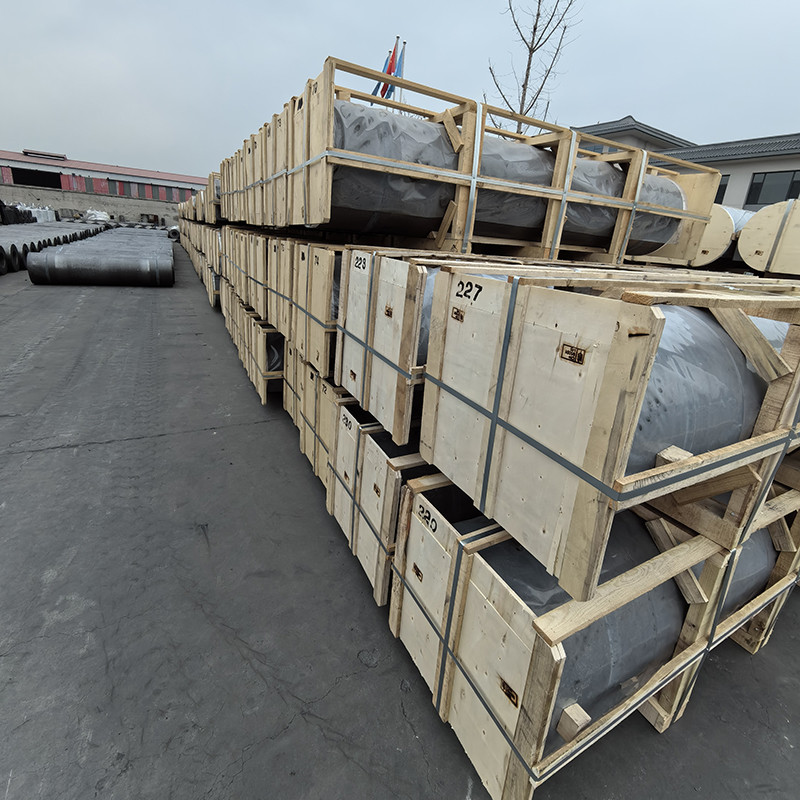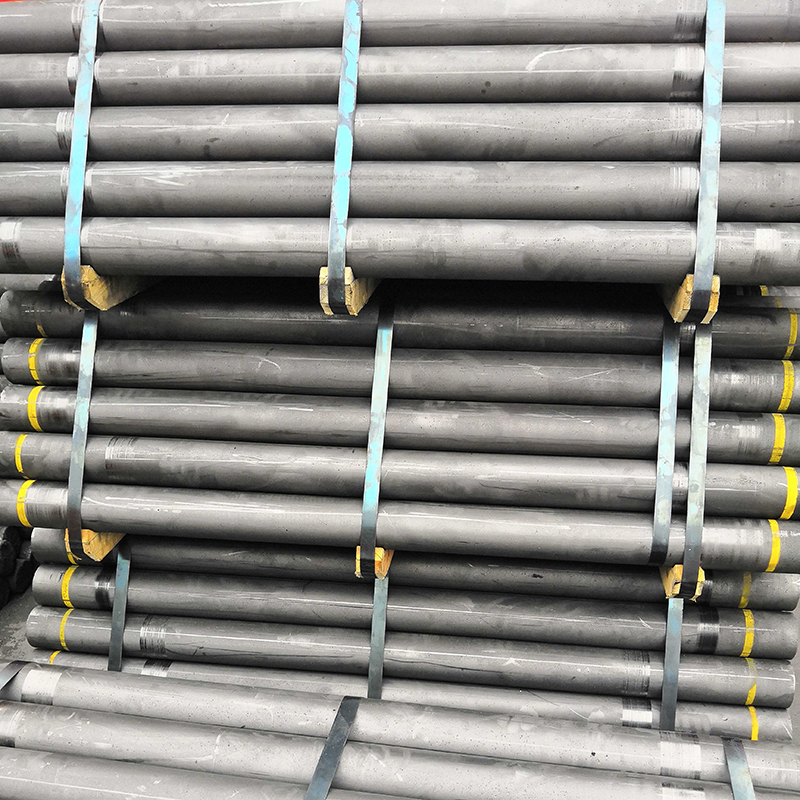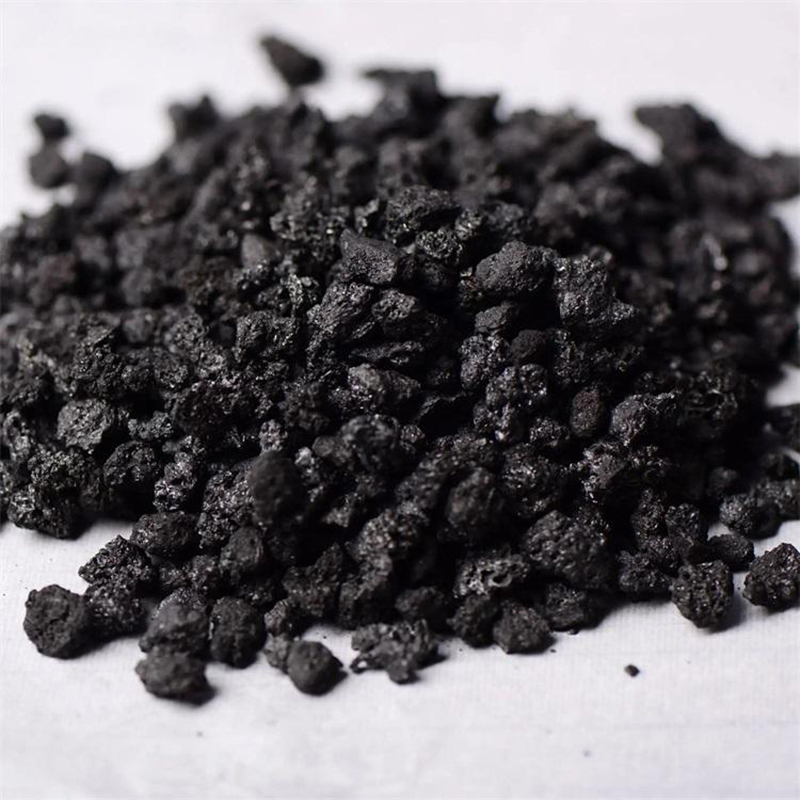- Chinese
- French
- German
- Portuguese
- Spanish
- Russian
- Japanese
- Korean
- Arabic
- Irish
- Greek
- Turkish
- Italian
- Danish
- Romanian
- Indonesian
- Czech
- Afrikaans
- Swedish
- Polish
- Basque
- Catalan
- Esperanto
- Hindi
- Lao
- Albanian
- Amharic
- Armenian
- Azerbaijani
- Belarusian
- Bengali
- Bosnian
- Bulgarian
- Cebuano
- Chichewa
- Corsican
- Croatian
- Dutch
- Estonian
- Filipino
- Finnish
- Frisian
- Galician
- Georgian
- Gujarati
- Haitian
- Hausa
- Hawaiian
- Hebrew
- Hmong
- Hungarian
- Icelandic
- Igbo
- Javanese
- Kannada
- Kazakh
- Khmer
- Kurdish
- Kyrgyz
- Latin
- Latvian
- Lithuanian
- Luxembou..
- Macedonian
- Malagasy
- Malay
- Malayalam
- Maltese
- Maori
- Marathi
- Mongolian
- Burmese
- Nepali
- Norwegian
- Pashto
- Persian
- Punjabi
- Serbian
- Sesotho
- Sinhala
- Slovak
- Slovenian
- Somali
- Samoan
- Scots Gaelic
- Shona
- Sindhi
- Sundanese
- Swahili
- Tajik
- Tamil
- Telugu
- Thai
- Ukrainian
- Urdu
- Uzbek
- Vietnamese
- Welsh
- Xhosa
- Yiddish
- Yoruba
- Zulu
- Kinyarwanda
- Tatar
- Oriya
- Turkmen
- Uyghur

eaf electrode
The Intricacies of EAF Electrodes
Diving into the world of electric arc furnace (EAF electrode) technology unveils complexities that one might not expect at first glance. Many new to the field assume all graphite electrodes are created equal, failing to realize the nuanced differences and the impact these can have on efficiency and cost.
Understanding EAF Electrodes
Electric arc furnaces are at the heart of modern steelmaking, and the EAF electrode is its crucial component. These electrodes conduct electrical energy into the furnace, melting the scrap steel with remarkable precision. Yet, the choice of electrode isn't as straightforward as it may seem. Factors like size, grade, and material consistency all play pivotal roles.
When I first encountered this, my initial oversight was underestimating the wear and tear these electrodes endure. Not every electrode, even if within specs, will perform the same due to the varying conditions they face during operation. Whether the furnace is operating at UHP, HP, or RP levels can dictate electrode longevity and effectiveness. Hebei Yaofa Carbon Co., Ltd. stands out by offering a range of electrodes suited for these specific demands. They’ve been in this game for over two decades.
Another aspect often overlooked is the seemingly mundane logistics of handling and storage. Improper storage can lead to issues like moisture ingress, which subtly but surely, compromises electrode efficiency. I’ve seen firsthand how an otherwise high-performing unit falters due to unnoticed water absorption.
Key Considerations in Electrode Selection
Selection isn’t merely about matching specs. One must also consider the carbon footprint and energy efficiency. Manufacturers like Hebei Yaofa Carbon Co., Ltd. (https://www.yaofatansu.com) are increasingly focusing on sustainable production methods. The demand isn’t just for performance, but also for eco-conscious manufacturing.
Beyond environmental considerations, compatibility with existing systems is crucial. Sometimes, an electrode that seems perfect on paper may require extensive recalibration of equipment to optimize its use. This transition can be costly and time-consuming; hence, a careful cost-benefit analysis is crucial before any procurement decision.
And then, of course, there's the cost—not just purchase price but the total cost of ownership. Cheaper electrodes might save a bit upfront but could incur higher operational costs over time due to increased wear rates. A holistic view is necessary to truly gauge the value of an electrode.
Real-world Performance and Challenges
Field performance often diverges from lab expectations. I've witnessed cases where an electrode's thermal shock resistance was tested to the limits under unforgiving conditions. It's one thing to look at numbers on a spec sheet; it's another to see results in a live environment.
Temperature fluctuations, operational shocks, and even operator handling all contribute to performance variability. A well-manufactured electrode can mitigate many of these risks, but no solution is foolproof. The balance lies in selecting a quality product, like those from Hebei Yaofa Carbon Co., Ltd., known for their intensive quality controls and innovations.
Failures, though, provide opportunities for learning. A mishap involving a premature electrode break offered insights into stress points under operational duress. Such experiences push us to refine processes and, importantly, maintain open channels with manufacturers for feedback and improvements.
Case Studies of Practical Applications
Studying specific instances where electrode choice played a decisive role can be enlightening. In one project with an older furnace model, a move to higher-grade electrodes, such as UHP, yielded significant improvements in efficiency and fewer replacements. This transition required some technical adaptations but ultimately paid off.
This successful switch underscored the importance of alignment between operational needs and product capabilities. Moreover, collaborations with experienced suppliers like Hebei Yaofa Carbon Co., Ltd. can help navigate these changes smoothly.
There’s also the tale of unexpected downtime due to inadequate supply chain management. Even top-notch electrodes can't help if delayed shipments cause bottlenecks—a lesson in logistical synchrony as much as technical specification.
Future Trends in EAF Electrode Usage
The industry is steadily moving towards automation and smart monitoring systems that offer real-time insights into electrode performance. Predictive maintenance, driven by these technologies, minimizes unexpected failures and optimizes usage patterns.
Environmentally, there's a push towards making electrodes not just better but more sustainable. The integration of recycled materials in manufacturing is a forward-looking trend. Companies like Hebei Yaofa Carbon Co., Ltd. are actively embracing these advancements, aiming for products that align with future regulatory landscapes.
Ultimately, staying informed and adaptable is key. The electrode landscape, like the steel it helps forge, is continually evolving. Those of us in the industry must evolve too, guided by experience, innovation, and a willingness to learn from both triumphs and setbacks.
Related products
Related products













